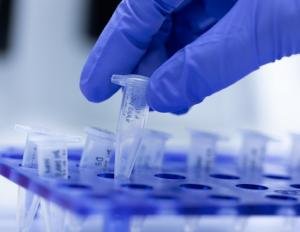Thousands of people every day are being tested for coronavirus across the globe. But what does that testing entail? Do patients need to supply urine or blood samples for the diagnosis or a simple swab with suffice?
Experts say the testing process is quite simple and quick. Patients have a swab – think of it as a long Q-tip – inserted through their nose or throat. The nose and the back of the throat are the two sites where the virus replicates. The swabs pick up those cells where the virus might be.
Once the sample is taken, it is put into a sterile container and sent to a lab, where a chemical is used to pull the cells off the swab and turn the sample into a liquid form.
That liquid is then put into a machine that goes through hot and cold cycles to make multiple copies of the virus’ ribonucleic acid (RNA), which carries genetic information. The machine looks to match the person’s RNA with the coronavirus RNA to determine a positive or negative result.
Read more – Where to get yourself tested for coronavirus in Pakistan
Who should get the test?
Only people who have recent travel history (or contact with someone who traveled) or have symptoms like cough or fever.
CHECKLIST: Do you have Coronavirus?
When to get the test?
The test turns positive 5-7 days after exposure. So if someone has travelled recently, please practise social distancing if you can’t self-quarantine. And definitely stay away from your elders who are at the highest risk from the illness. Wait a few days before getting the test.
For live updates on the coronavirus, follow our The Current’s live blog here.







